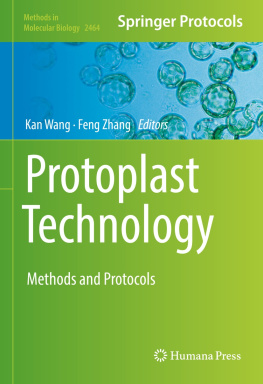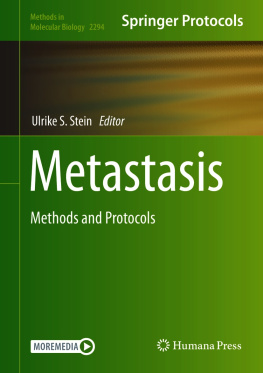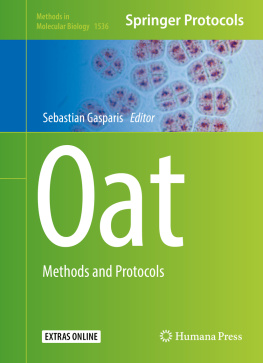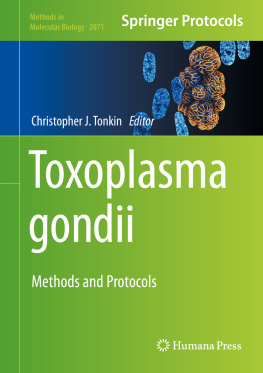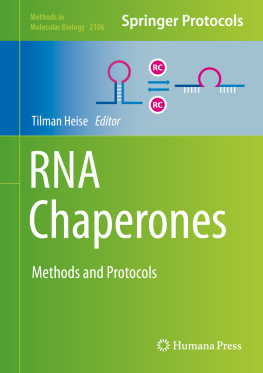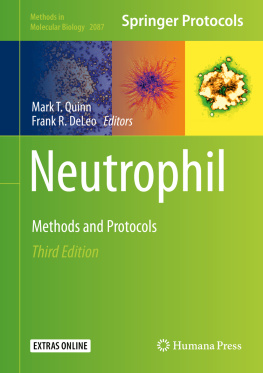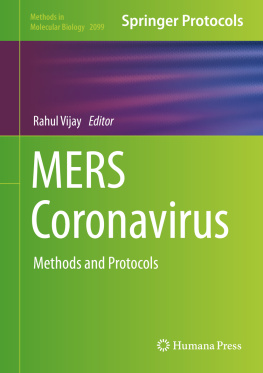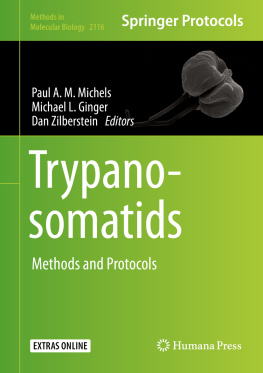Kan Wang - Protoplast Technology : Methods and Protocols
Here you can read online Kan Wang - Protoplast Technology : Methods and Protocols full text of the book (entire story) in english for free. Download pdf and epub, get meaning, cover and reviews about this ebook. City: New York, year: 2022, publisher: Humana Press, genre: Home and family. Description of the work, (preface) as well as reviews are available. Best literature library LitArk.com created for fans of good reading and offers a wide selection of genres:
Romance novel
Science fiction
Adventure
Detective
Science
History
Home and family
Prose
Art
Politics
Computer
Non-fiction
Religion
Business
Children
Humor
Choose a favorite category and find really read worthwhile books. Enjoy immersion in the world of imagination, feel the emotions of the characters or learn something new for yourself, make an fascinating discovery.
- Book:Protoplast Technology : Methods and Protocols
- Author:
- Publisher:Humana Press
- Genre:
- Year:2022
- City:New York
- Rating:4 / 5
- Favourites:Add to favourites
- Your mark:
- 80
- 1
- 2
- 3
- 4
- 5
Protoplast Technology : Methods and Protocols: summary, description and annotation
We offer to read an annotation, description, summary or preface (depends on what the author of the book "Protoplast Technology : Methods and Protocols" wrote himself). If you haven't found the necessary information about the book — write in the comments, we will try to find it.
Kan Wang: author's other books
Who wrote Protoplast Technology : Methods and Protocols? Find out the surname, the name of the author of the book and a list of all author's works by series.
Protoplast Technology : Methods and Protocols — read online for free the complete book (whole text) full work
Below is the text of the book, divided by pages. System saving the place of the last page read, allows you to conveniently read the book "Protoplast Technology : Methods and Protocols" online for free, without having to search again every time where you left off. Put a bookmark, and you can go to the page where you finished reading at any time.
Font size:
Interval:
Bookmark:
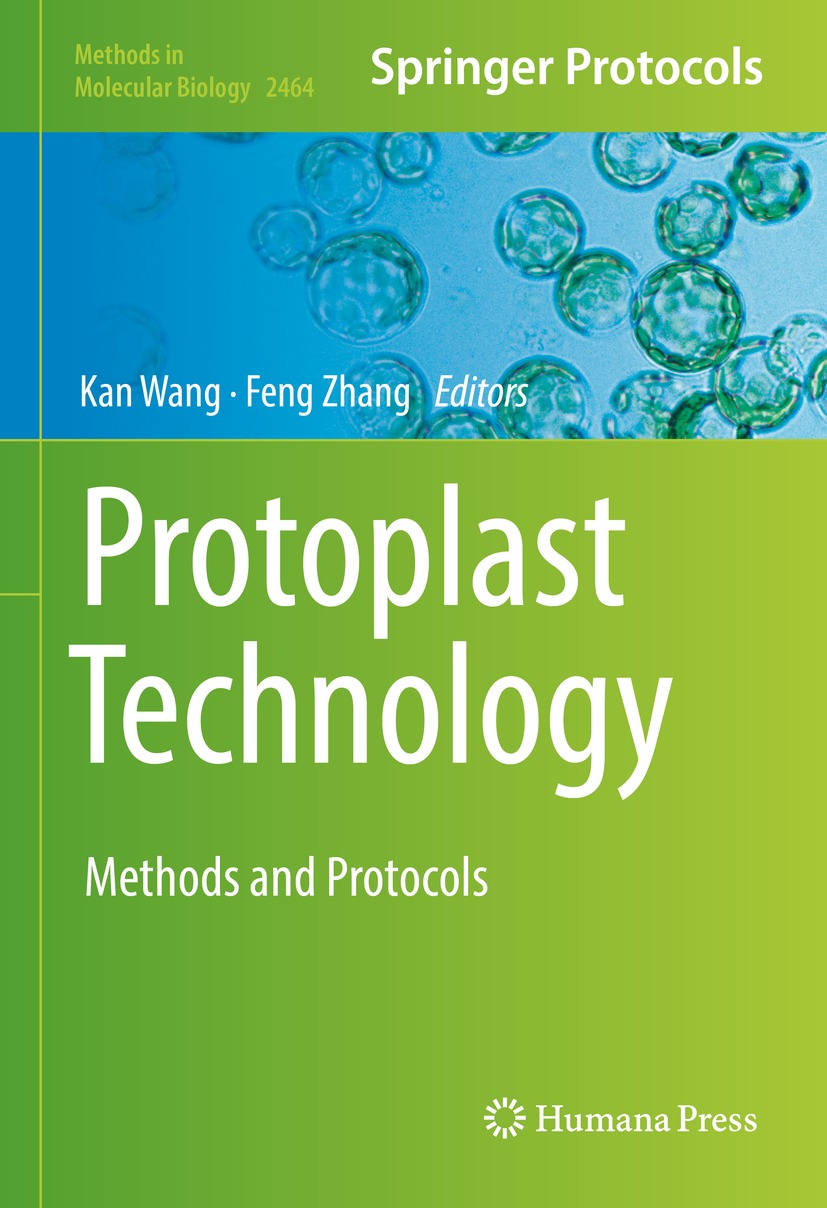
For further volumes: http://www.springer.com/series/7651
For over 35 years, biological scientists have come to rely on the research protocols and methodologies in the critically acclaimed Methods in Molecular Biology series. The series was the first to introduce the step-by-step protocols approach that has become the standard in all biomedical protocol publishing. Each protocol is provided in readily-reproducible step-by-step fashion, opening with an introductory overview, a list of the materials and reagents needed to complete the experiment, and followed by a detailed procedure that is supported with a helpful notes section offering tips and tricks of the trade as well as troubleshooting advice. These hallmark features were introduced by series editor Dr. John Walker and constitute the key ingredient in each and every volume of the Methods in Molecular Biology series. Tested and trusted, comprehensive and reliable, all protocols from the series are indexed in PubMed.

This Humana imprint is published by the registered company Springer Science+Business Media, LLC part of Springer Nature.
The registered company address is: 1 New York Plaza, New York, NY 10004, U.S.A.
A tissue culture procedure that was considered obsolete is now drawing great attention from the plant community, thanks to the advent of genome editing technology. Plant protoplast culture system, an ancient procedure to establish a wall-less single-cell plant culture, is revitalized and becoming an important tool for many laboratories in their endeavor of plant genome engineering using molecular reagents such as CRISPR/Cas. Plant protoplast culture can mimic mammalian cell culture in the transient evaluation of gene function or CRISPR/Cas efficacy using transfection. The automation and high-throughput potential of the protoplast culture system make it even more powerful when combined with the genomic and single-cell technologies. Moreover, for many plant species, their protoplasts can be further cultivated to form multicellular callus culture. These callus cultures can differentiate and ultimately regenerate into plants that can be brought to maturity. Because of this totipotency, protoplast culture can be used as an effective system to produce gene-edited plants without incorporating any exogenous genes into the genome.
This book invites scientists who are actively engaged in developing or using protoplast technology to share their protocols with the community. The book contains two parts. Part I collects 14 chapters that focus on basic protoplast techniques and their utilities. This part presents protocols of protoplast isolation, transfection, and regeneration as well as examples of how to use protoplasts for genome editing and gene function analysis in a number of major crop or model plant species. Chapters ).
Part II invites chapters from three groups who are at in the forefront of protoplast automation, large-scale functional genomics, and synthetic biology. Chapter offers a soybean protoplast system that is designed for automated high-throughput transfection and quantitative analysis.
The basic principle of protoplast preparation and transfection are straightforward. However, applying the principle to each plant species can result in different outcomes. Some slight modifications in enzyme concentrations, incubation time, temperature, and even the sources of the chemicals can make large differences in protoplast yields and transfection frequency. This book will give our readers not only the protoplast protocols for their specific plant of interest but also showcase how experts deal with other different species. It is hoped that this collection will inspire the new generation of researchers to further improve the protocols and apply the technology to accelerate plant genomic study.
Font size:
Interval:
Bookmark:
Similar books «Protoplast Technology : Methods and Protocols»
Look at similar books to Protoplast Technology : Methods and Protocols. We have selected literature similar in name and meaning in the hope of providing readers with more options to find new, interesting, not yet read works.
Discussion, reviews of the book Protoplast Technology : Methods and Protocols and just readers' own opinions. Leave your comments, write what you think about the work, its meaning or the main characters. Specify what exactly you liked and what you didn't like, and why you think so.

